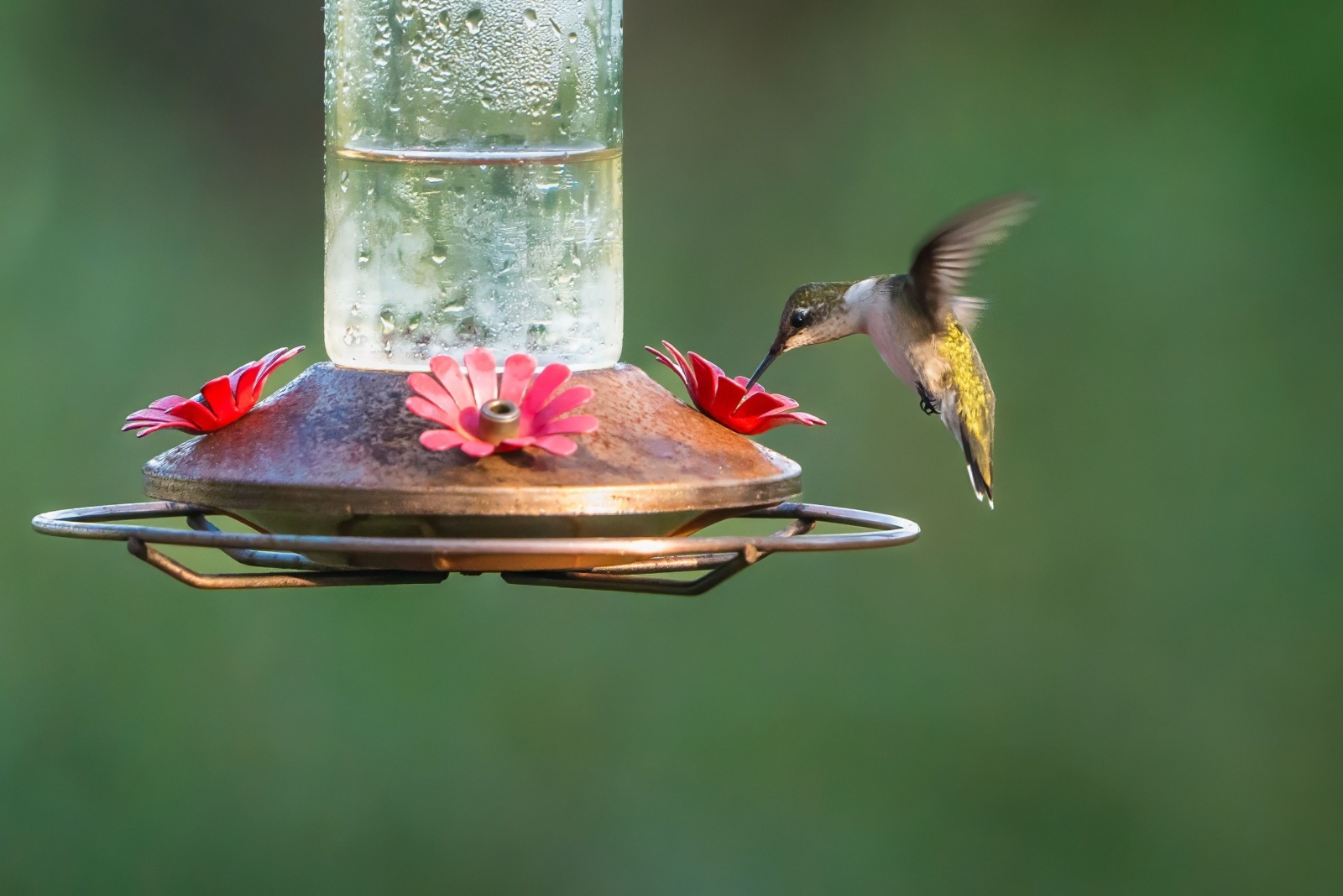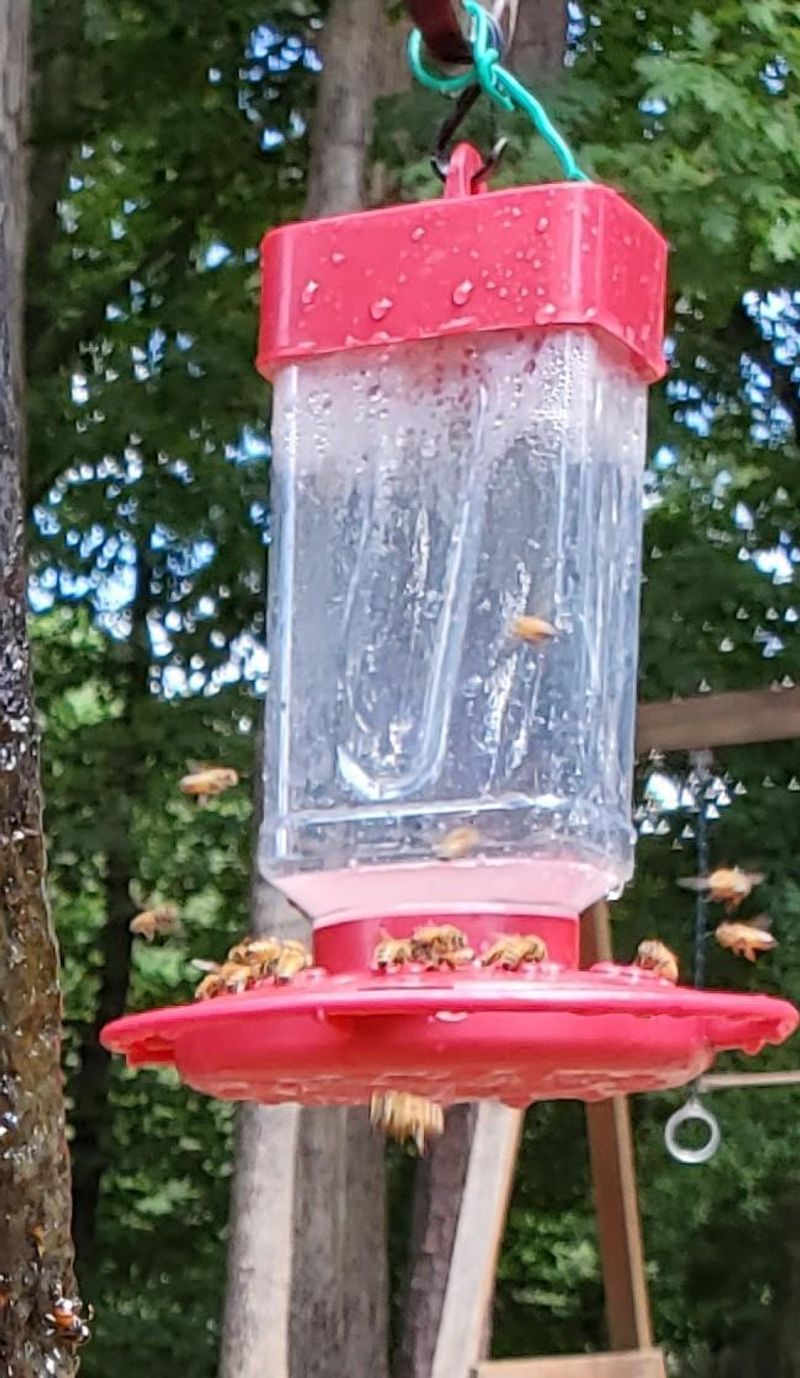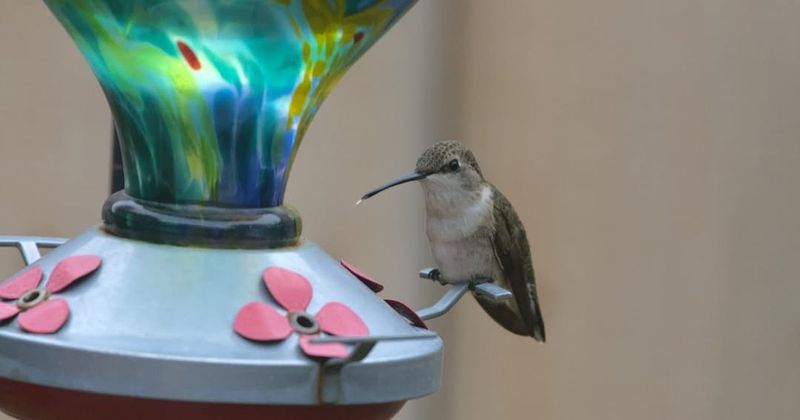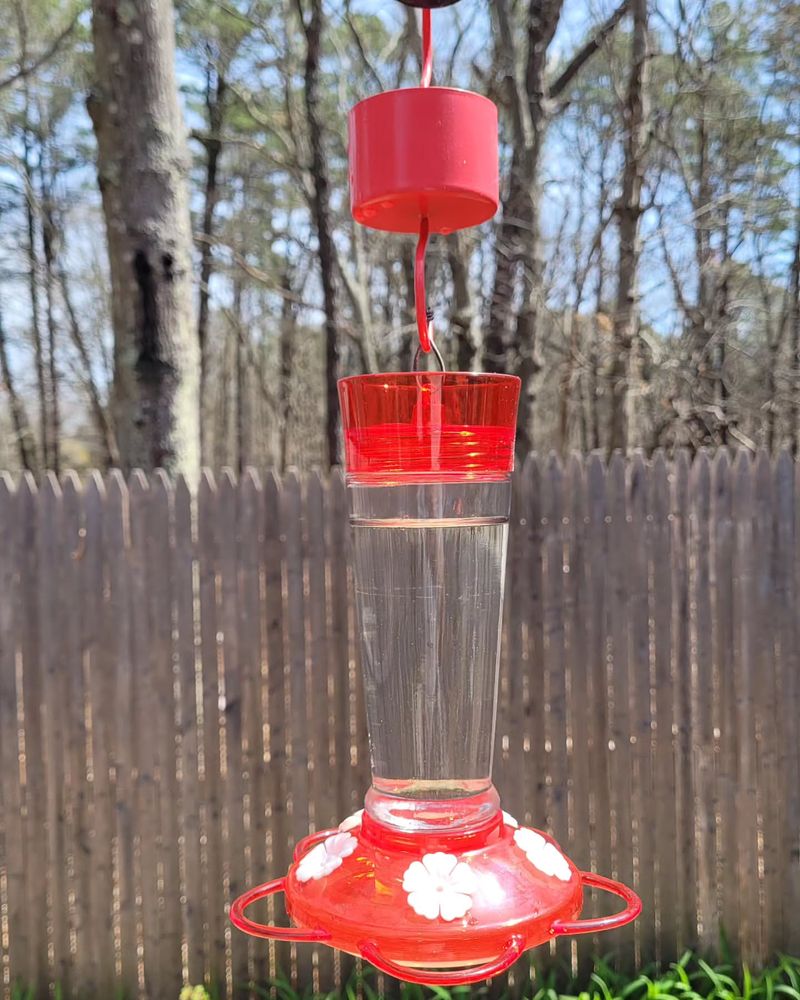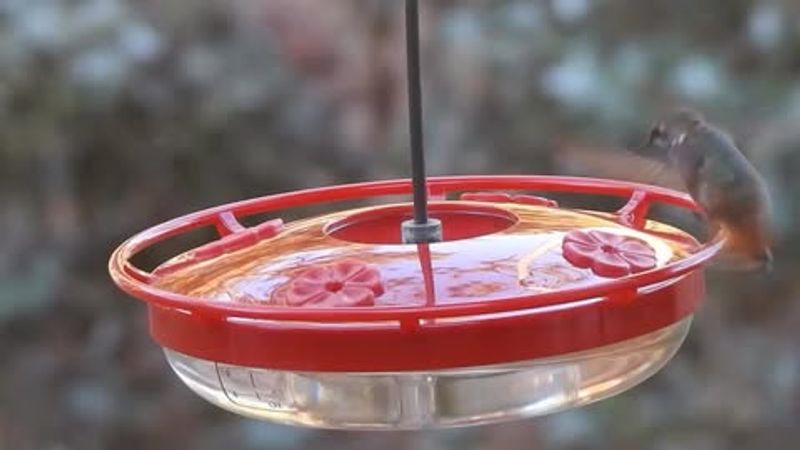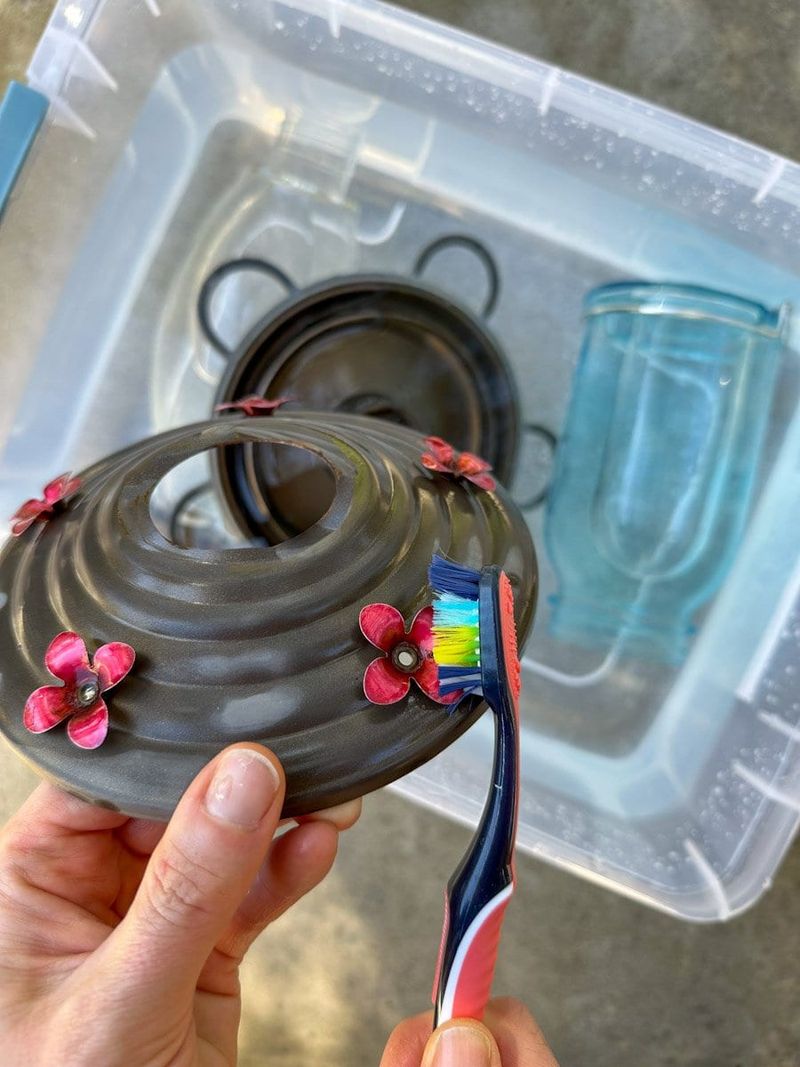Hummingbirds bring joy to North Carolina gardens with their dazzling colors and lightning-fast wings. Knowing when to take down your feeders is just as important as putting them up.
The timing affects migrating birds and helps them complete their natural journey south. Getting it right means supporting these tiny travelers while keeping your garden in harmony with the seasons.
1. Watch For Migration Patterns In Late October
Ruby-throated hummingbirds start leaving North Carolina as temperatures drop and daylight shortens. Most birds head south between mid-September and late October, though stragglers sometimes linger into November.
Keep your feeders up through Halloween to help late travelers. Removing them too early could leave hungry birds without fuel for their long journey.
Pay attention to sighting reports from local birding groups to track when activity slows down in your specific area of the state.
2. Consider Keeping Feeders Up Until Mid-November
Some hummingbirds migrate later than others, and a few might pass through North Carolina well into November. Rufous hummingbirds occasionally appear during fall migration, traveling from western states.
Leaving feeders available longer won’t prevent birds from migrating—instinct and daylight hours trigger their journey, not food availability. You’re simply offering a helpful rest stop.
Monitor your feeders daily, and once you haven’t seen visitors for two weeks straight, it’s usually safe to bring them inside for cleaning.
3. Temperature Drops Signal The Right Moment
When nighttime temperatures consistently fall below freezing, hummingbird activity naturally decreases across North Carolina. Cold weather makes nectar freeze, which renders feeders useless and potentially harmful.
Bring feeders in at night when frost is predicted, then put them back out during warmer daylight hours. This routine protects both the nectar and any lingering birds.
Once hard freezes become regular occurrences in your region, it’s a clear sign that migration is complete and feeders can be stored away until spring.
4. Regional Differences Matter Across The State
North Carolina’s mountains, piedmont, and coastal regions experience different migration timelines. Mountain areas see hummingbirds leave earlier, sometimes by mid-October, due to colder temperatures and higher elevations.
Coastal communities might spot hummingbirds lingering into early November because milder weather extends their stay. The piedmont typically falls somewhere between these two extremes.
Adjust your feeder removal schedule based on where you live in North Carolina, and always trust local observations over general guidelines for best results.
5. Stop Refilling When Activity Ceases Completely
Once hummingbirds stop visiting your feeder entirely, there’s no reason to keep fresh nectar available. Empty feeders won’t harm anyone, but old nectar can ferment and grow mold quickly.
Check your feeder every few days during late October and November. If you notice zero activity for ten to fourteen consecutive days, migration has likely finished in your North Carolina neighborhood.
Take down the feeder, clean it thoroughly with hot water, and store it properly until next spring when the birds return for another season.
6. Rare Winter Visitors Need Special Attention
Occasionally, a hummingbird might overwinter in North Carolina, especially along the coast. Rufous, Allen’s, or Calliope hummingbirds sometimes appear during colder months, surprising homeowners who thought migration was done.
If you spot a hummingbird after Thanksgiving, keep one feeder available and protect the nectar from freezing. Report your sighting to local birding organizations—they track unusual winter visitors.
These rare birds rely on feeders since natural nectar sources disappear in winter, making your support crucial for their survival through cold months.
7. Clean And Store Feeders Properly For Next Season
Before storing your feeder, disassemble it completely and scrub every part with hot water and white vinegar. Mold and bacteria can hide in small crevices, so thorough cleaning prevents problems next spring.
Rinse everything well, let it air dry completely, then store in a cool, dry place away from pests. Proper storage in North Carolina’s humid climate prevents mildew growth during winter months.
Mark your calendar for early April when ruby-throated hummingbirds typically return, so you’re ready to welcome them back with clean, freshly filled feeders.
8. Plant Native Flowers As Natural Alternatives
While feeders help during migration, native plants provide natural nectar sources that support hummingbirds year after year. Cardinal flower, coral honeysuckle, and bee balm thrive in North Carolina gardens and attract hungry visitors.
These plants bloom at different times, extending food availability throughout the growing season. They also support insects that hummingbirds eat for protein, creating a complete ecosystem.
Combining feeders with native plantings gives hummingbirds the best chance of thriving during their brief stays in your garden, making your yard a true migration haven.

